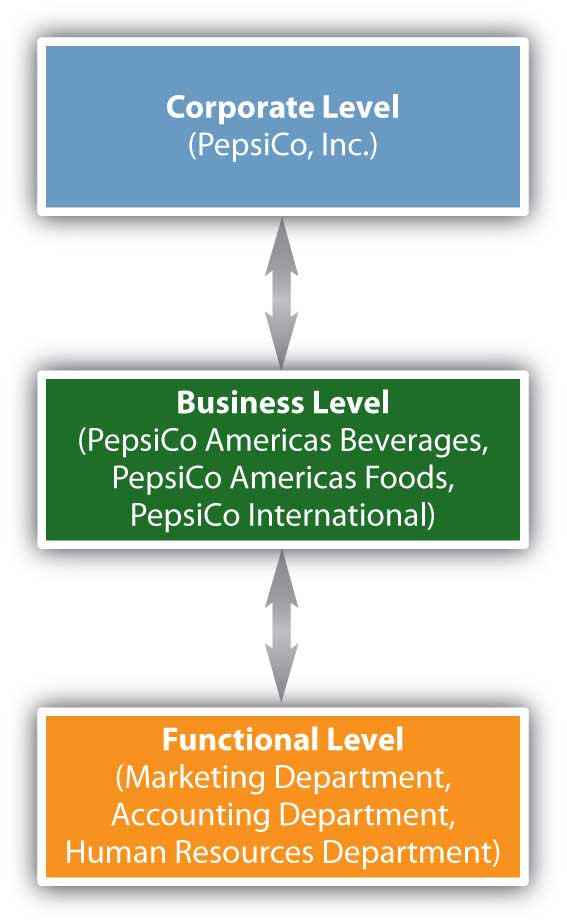Our talented team know how to excite, inspire and engage. With backgrounds in events, entertainment and travel, we’re full of ideas for amazing prizes and unforgettable incentives!
At Fulcrum, we all come to work every day because we have a shared love of travel and delivering once-in-a-lifetime experiences.
Our team meetings are buzzing with fresh ideas, brand new experiences and glowing feedback from our travellers. We know what makes a great incentive, we have an encyclopaedic knowledge of the best experiences around the world, and we have an ever-expanding ‘little black book’ of the most exclusive suppliers in the business.
In addition to our creative ideas and experience, we know that our clients value our expertise and dedication to solving problems rather than creating them. Prizes and incentives are our world, but we understand that our clients have other priorities, so we make sure we’re delivering our ideas on-time, on-budget and on-brand. We thrive on tight deadlines, logistical challenges and creating perfectly tailored solutions, without the headaches!
About us
Perfect solutions every time
As a leading marketing Agency, we’re immensely proud to work with brands and agencies across a huge range of sectors and industries, giving us an unrivalled breadth of experience.
we have created and fulfilled prizes for promotions and activations across the world.
Our aim: help our clients achieve their goals through our experience and expertise, taking the stress and hassle out of prize fulfilment.
We work for both direct brands and agencies, often in collaboration or with other specialist agencies and partners. Many of our clients have existing assets – from festival tickets to sports hospitality – which we help them to build into the best possible prize packages. Others want to create unique, eye-catching marketing and btl content around their prize winners. We can deal with winners from any country and in any language; we can provide a full btl management service; we can even source camera crews for content capture.
Whatever your brief, we’ve got it covered.
SALES INCENTIVES
Driving sales and performance through tailored, flexible incentive programmes
With pressure always on to drive sales and performance, sales incentives are an essential part of rewarding achievement within many companies. From internal staff reward programmes to dealer and channel incentives, there’s no better way to create a happy, engaged and motivated workforce.
Our main goal is to understand your people and what makes them tick. From hundreds in a call centre team to a small on ground sales team, a clear overview of your audience is the most important part of the process. By taking a best approach, offering maximum choice and flexibility, we create incentives which are targeted, effective and tailored to your team.
Whether it’s sales rewards, dealer incentives or channel incentives, drop us a line; we’d love to help you drive sales with our fresh and creative approach to prizes and incentives. From once-in-a-lifetime holidays to mini-breaks, high-street vouchers and designer goods, you can rest assured that with Fulcrum you’re in safe hands.
24 hour turnaround for urgent briefs
Topline ideas within 2 hours if needed
Competitive fixed quotes with no hidden costs
Expert Winner Management and Fulfilment
Retail Marketing Companies | Interactive marketing ideas Katraj
Where Strategic Planning Occurs within Firms
2.4 Where Strategic Planning Occurs within Firms
Learning Objectives
- Identify the different levels at which strategic planning may occur within firms.
- Understand how strategic planning that occurs at multiple levels in an organization helps a company achieve its overall corporate objectives.
As previously mentioned, strategic planning is a long-term process that helps an organization allocate its resources to take advantage of different opportunities. In addition to marketing plans, strategic planning may occur at different levels within an organization. For example, in large organizations top executives will develop strategic plans for the corporation as a whole. These are corporate-level plans. In addition, many large firms have different divisions, or businesses, called strategic business units. A strategic business unit (SBU) is a business or product line within an organization that has its own competitors, customers, and profit center for accounting purposes. A firm’s SBUs may also have their own mission statement (purpose) and will generally develop strategic plans for themselves. These are called business-level plans. The different departments, or functions (accounting, finance, marketing, and so forth) within a company or SBU, might also develop strategic plans. For example, a company may develop a marketing plan or a financial plan, which are functional-level plans.
Figure 2.13 “Strategic Planning Levels in an Organization” shows an example of different strategic planning levels that can exist within an organization’s structure. The number of levels can vary, depending on the size and structure of an organization. Not every organization will have every level or have every type of plan. An overview of the marketing (or functional) plan is presented briefly at the end of this chapter but will be discussed in detail in Chapter 16 “The Marketing Plan” so you can see how the information discussed throughout the text may be used in developing a marketing plan.
Figure 2.14
Many consumers recognize the Goodyear blimp. Goodyear’s strategic business units are North American Tire; Latin American Tire; Asia Pacific Tire; and Europe, Middle East, and Africa Tire. Goodyear’s SBUs are set up to satisfy customers’ needs in different worldwide markets1.
Tmxv4128 – Goodyear Blimp – public domain.
The strategies and actions implemented at the functional (department) level must be consistent with and help an organization achieve its objectives at both the business and corporate levels and vice versa. The SBUs at the business level must also be consistent with and help an organization achieve its corporate-level objectives. For example, if a company wants to increase its profits at the corporate level and owns multiple business units, each unit might develop strategic plans to increase its own profits and thereby the firm’s profits as a whole. At the functional level, a firm’s marketing department might develop strategic plans to increase sales and the market share of the firm’s most profitable products, which will increase profits at the business level and help the corporation’s profitability. Both business level and functional plans should help the firm increase its profits, so that the company’s corporate-level strategic objectives can be met.
For example, take PepsiCo, which has committed itself to achieving business and financial success while leaving a positive imprint on society. PepsiCo identifies its three divisions (business units) as (1) PepsiCo Americas Beverages, which is responsible for products such as Pepsi soft drinks, Aquafina waters, Tropicana juices, and Gatorade products; (2) PepsiCo Americas Foods, which is responsible for Frito-Lay and Quaker Oats products; and (3) PepsiCo International, which consists of PepsiCo’s businesses in Asia, Africa, Europe, and Australia2. To support PepsiCo’s overall corporate strategy, all three business units must develop strategic plans to profitably produce offerings while demonstrating that they are committed to society and the environment.
Figure 2.15
These Aquafina bottles uses less plastic and have a smaller label, reducing waste and helping the environment.
Mike Mozart – Aquafina Eco-Fina Bottle – CC BY 2.0
At the functional (marketing) level, to increase PepsiCo’s profits, employees responsible for different products or product categories such as beverages or foods might focus on developing healthier products and making their packaging more environmentally friendly so the company captures more market share. For example, the new Aquafina bottle uses less plastic and has a smaller label, which helps the environment by reducing the amount of waste.
Organizations can utilize multiple methods and strategies at different levels in the corporation to accomplish their various goals just as you may use different strategies to accomplish your goals. However, the basic components of the strategic planning process are the same at each of the different levels. Next, we’ll take a closer look at the components of the strategic planning process.
Key Takeaway
Strategic planning can occur at different levels (corporate, business, and functional) in an organization. The number of levels may vary. However, if a company has multiple planning levels, the plans must be consistent, and all must help achieve the overall goals of the corporation.
Review Questions
- What different levels of planning can organizations utilize?
- Give an example and explain how a corporation that wants to help protect the environment can do so at its corporate, business, and functional levels.
1Goodyear Tire & Rubber Company, http://goodyear.com.
2PepsiCo, Inc., “The PepsiCo Family,” http://www.pepsico.com/Company/The-Pepsico-Family.html (accessed December 7, 2009).


